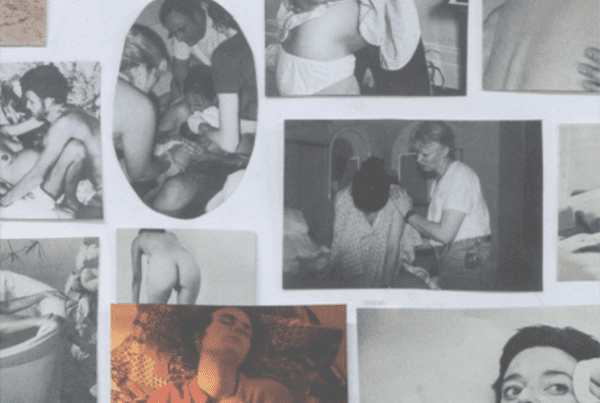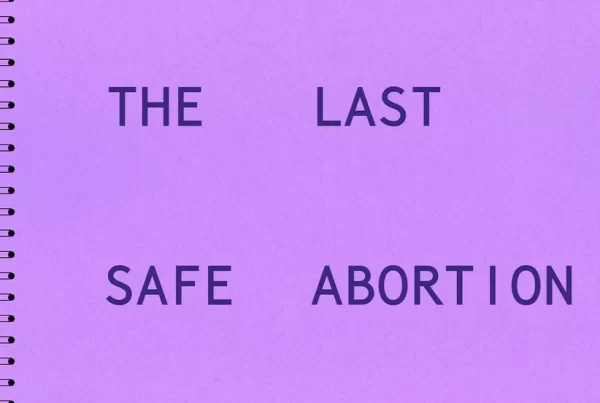
 Viliam Malik 1912–2012
Viliam Malik 1912–2012
Viliam Malik
Slovak National Gallery
English and Slovak
Edited by Aurel Hrabusicky and Filip Vanco.
Hardcover
159 Pages
249 x 290 mm
2016
9788055608327
Being a typical photographer-amateur (at that time, true professional photographers with creative ambitions practically did not exist in Slovakia), he captured a wide range of topics. But ever since his beginnings, he was attracted by documentary photography and, along with Jozef Cincík, was perhaps the first Slovak photographer, who systematically focused on this field. That was what had eventually led him to partial professionalization – since 1936, he cooperated externally with the Prague-based Czechoslovak Press Agency (CTK) as a filmmaker and photographer, reporting on events in Bratislava and its surrounding regions.
Viliam Malík was not the only representative of modern photo-journalism in Slovakia; he had his immediate predecessors as well as contemporaries (Sergej Protopopov, Irena Blühová, Karol Aufricht, or the already mentioned Jozef Cincík). However, in comparison with the other artist, he is remarkable for his thematic universality – among other areas, he was also a significant photographer of architecture. But he did not focus on isolated constructions; he photographed larger urban and visual entities that were rather architectural situations on a specific location, alive, organic, albeit intrinsically contradictive congregations or clusters of buildings and other architectural objects. With his camera, he recorded random social situations arranged by life itself. Being an essentially open and non-biased documentary photographer, Malík had a feeling also for ‘human’ life situations, he was able to give a true picture of social phenomena typical not only for his times, but also for any other later period, which reflected the true nature of things. With the majority of his work, even during the WWII, he managed to steer clear of being one-sided – a tendency so typical under Slovak circumstances until today.
The true turning point of his photographic career came in early 1950s. During the period of intensified ideological control over culture, he gradually retreated into seclusion. The socially ‘desirable and appropriate’ topics apparently did not attract him. Instead, he focused on travel and landscape photography (he lived for a long time in the High Tatras region). His work from this period did not attract much attention, and he would probably have remained merely a provincial photographer until his death, had it not been for the changeover within the society that came in 1989.
And so, at the age of over 80, he mustered new energy and actively joined the photographic life. Thanks to the Month Of Photography series of exhibitions, the public was able to see not only his classic works from 1930s and 1040s, but also new ones. After many decades, topics and situations that emerged were not only those he was familiar with – these he recorded on film many decades ago – but also those that were typical for the recent or current days. He was still able to capture several of them.
Everything suggests Viliam Malík – being an ideologically open and socially perceptive author – was a true photographer of open society with all of its problems and issues, but it was only within such society that he was able to make a full use of his talent. The retrospective exhibition of his work is based on this premise – it should cover the entire and outstanding span, both in terms of time and topics, of his work. The exhibition focuses not only on his relatively well known work from 1930s and 1940s (apart from photography, the public will have a chance perhaps for the first time to see also his film work), but will present in a nutshell also his work from later decades, placing special emphasis on his ‘comeback’ after 1989. In addition, a new documentary about Viliam Malík by Ivan Ostrochovský and Viera Čakányová will be presented on this occasion, too.
(source: https://www.sng.sk/en/exhibitions/57_viliam-malik-1912-2012)
About the Publisher
The Slovak National Gallery was established by the Slovak National Council by law (Act No. 24 of 29 July 1948). This is relatively late for Europe and it was the result of Slovak ambitions are the war, promoted mainly by Ladislav Novomeský. Historically, it created as a traditional museum of Fine Arts of local as well as wider European provenance. From the beginning, the collection of artworks from the 20th century as well as mapping the contemporary artistic culture was a vital task of the Gallery.
sng.sk
(source: https://www.sng.sk/en/about-us/history



